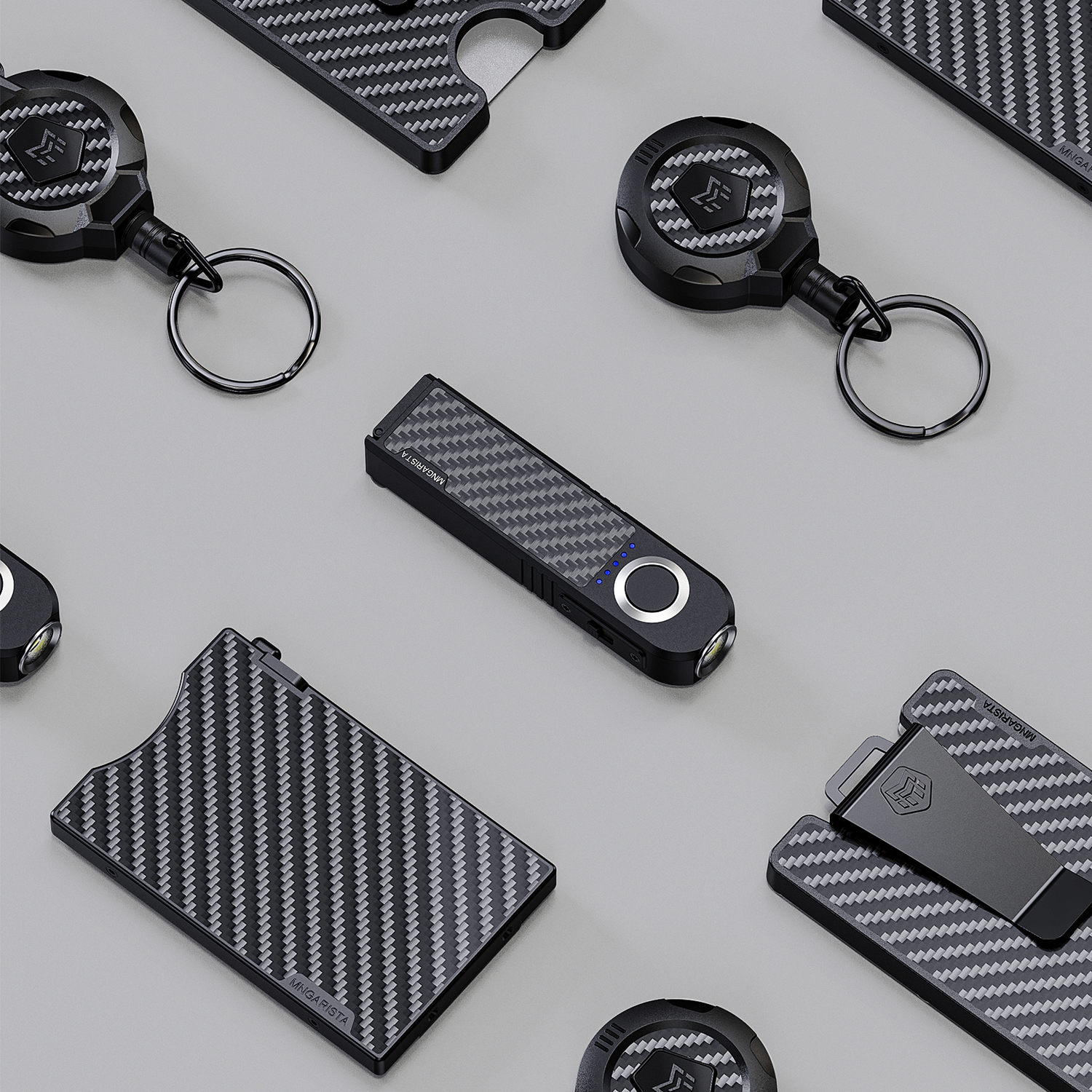Color plays a significant role in human perception and communication. Among the myriad hues, yellow stands out as a universally recognized color for safety and caution. From road signs to safety gear, yellow is a predominant choice, signaling attention and awareness. But why is yellow considered such a safe color? This blog delves into the reasons behind yellow's association with safety and its practical applications in various fields.
The Psychology of Yellow
Yellow is a color that naturally draws the eye. Its high visibility and bright, vibrant appearance make it hard to miss, even from a distance. This characteristic is largely due to yellow's wavelength properties; it is one of the most visible colors in the spectrum, second only to white in brightness. This makes yellow highly effective in grabbing attention and conveying messages quickly and efficiently.
The psychological impact of yellow is also significant. It is often associated with warmth, optimism, and energy. However, when used in excess, it can evoke feelings of caution or alertness, which is why it is frequently employed in safety contexts. The color's ability to stimulate and energize the viewer makes it ideal for warning signs and safety gear, where catching immediate attention is crucial.
High Visibility and Contrast
One of the primary reasons yellow is used for safety is its high visibility in various lighting conditions. Whether in bright daylight or dimly lit environments, yellow stands out prominently. This is particularly important in situations where visibility is key to preventing accidents or injuries.
For example, yellow is a common color for construction safety vests and hard hats. These items are designed to be easily seen, ensuring that workers are visible to machinery operators, drivers, and other personnel on-site. Similarly, yellow is used on road signs and traffic signals to alert drivers and pedestrians of potential hazards or changes in traffic patterns.
The contrast between yellow and its surroundings also enhances its effectiveness as a safety color. On the road, yellow lines and signs contrast sharply against the asphalt, making them easy to distinguish. This clear differentiation helps in quickly conveying important information, such as pedestrian crossings, no-passing zones, or upcoming turns.
Yellow in Emergency and Safety Equipment
Beyond traffic and construction, yellow is widely used in emergency and safety equipment. For instance, emergency exit signs are often highlighted with yellow to ensure they are easily spotted in case of an evacuation. Fire extinguishers and first aid kits may also feature yellow accents or labels, guiding people swiftly to the resources they need during emergencies.
In maritime and aviation industries, yellow is a critical color for life-saving equipment. Life jackets, lifeboats, and emergency flotation devices are often colored yellow to increase their visibility in water, making them easier to spot during rescue operations. The use of yellow in these contexts is crucial for rapid identification and access, potentially saving lives in critical situations.
Yellow in Public Health and Safety Campaigns
Public health and safety campaigns frequently use yellow to emphasize caution and alertness. For example, yellow is a common color for signage and communication materials during public health emergencies, such as disease outbreaks or natural disasters. The color's association with alertness helps reinforce the urgency and importance of the messages being conveyed.
Moreover, yellow is often used in public spaces to mark hazardous areas or equipment. From wet floor signs to caution tape, yellow serves as a universal signal to proceed with caution. This widespread recognition helps prevent accidents and injuries by prompting individuals to be more aware of their surroundings.
Conclusion
Yellow's status as a safe color is well-earned through its unique properties of high visibility, psychological impact, and strong contrast. Its ability to attract attention and convey caution makes it an indispensable tool in a variety of safety applications, from construction sites and roadways to emergency equipment and public health campaigns.
The next time you see a yellow sign or piece of safety equipment, take a moment to appreciate the careful consideration behind its color choice. It's not just a matter of aesthetics; it's a deliberate decision rooted in a deep understanding of how color can influence perception and behavior. By choosing yellow, safety professionals and designers are making a choice that prioritizes visibility, awareness, and ultimately, the safety of everyone.


